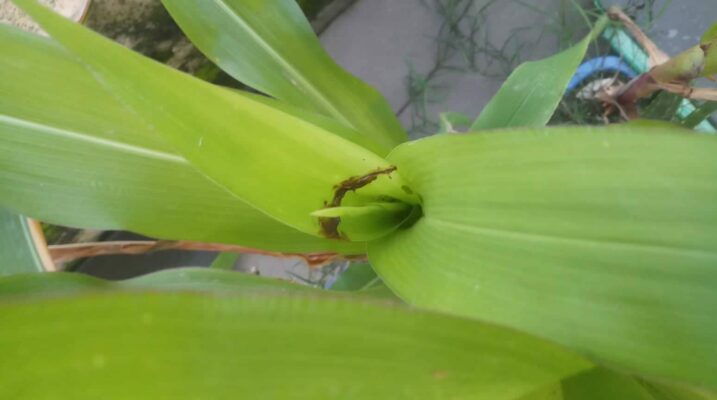Author: Dr. Ujjawal Kushwaha is a researcher based at National Plant Breeding and Genetics Research Centre, Nepal Agricultural Research Council (NARC), Khumaltar, Lalitpur, Nepal, UK. You may follow him in Twitter as @UjjwalKSK.
Fall armyworm (Spodoptera frugiperda (J.E. Smith) is a devastating insect, which is known for its polyphagous nature. That is, its ability to feed on various kinds of food sources. This insect can migrate up to 100 km in a single night and therefore, it becomes a devastating pest in many countries that demands proper management. Recently, a scientist from Nepal Agricultural Research Council (NARC) has discovered a new and innovative technique of managing the larvae on maize plant. The report, published in “Scientific Reports”, says that fall armyworm larvae could cause yield loss of more than 30 % in general. Several chemicals like emamectin benzoate, and spinosad are found effective against this dangerous pest and thousands of dollars have been spoiled to control it in Nepal.
“Application of small amount of grease (0.15 g) on affected maize leaf whorl could deter fall armyworm larvae effectively,” says principal investigator Dr. Ujjawal Kumar Singh Kushwaha. Grease, a lubricating agent mostly used in automobile industries, could disturb the movement of larvae and it might cause irritation to them. Therefore, the larvae detect danger, “feel insecure” and move far away from the maize crop searching for food materials. This simple technique is also cost-effective and environmentally friendly. Dr. Kushwaha said that there is no need to apply grease on all the crop plants, treat only infected plants of the whole plot with grease and you will see armyworm larvae disappear within of days.
Dr. Kushwaha works as a plant breeder in National Plant Breeding and Genetics Research Centre, NARC, Khumaltar, Lalitpur, Nepal.
Read the paper: Kushwaha, U. A cost-efficient and alternative technique of managing fall armyworm Spodoptera frugiperda (J.E. Smith) larvae in maize crop. Sci Rep 12, 6741 (2022). https://doi.org/10.1038/s41598-022-10982-7
Image credit: Scientific Report






